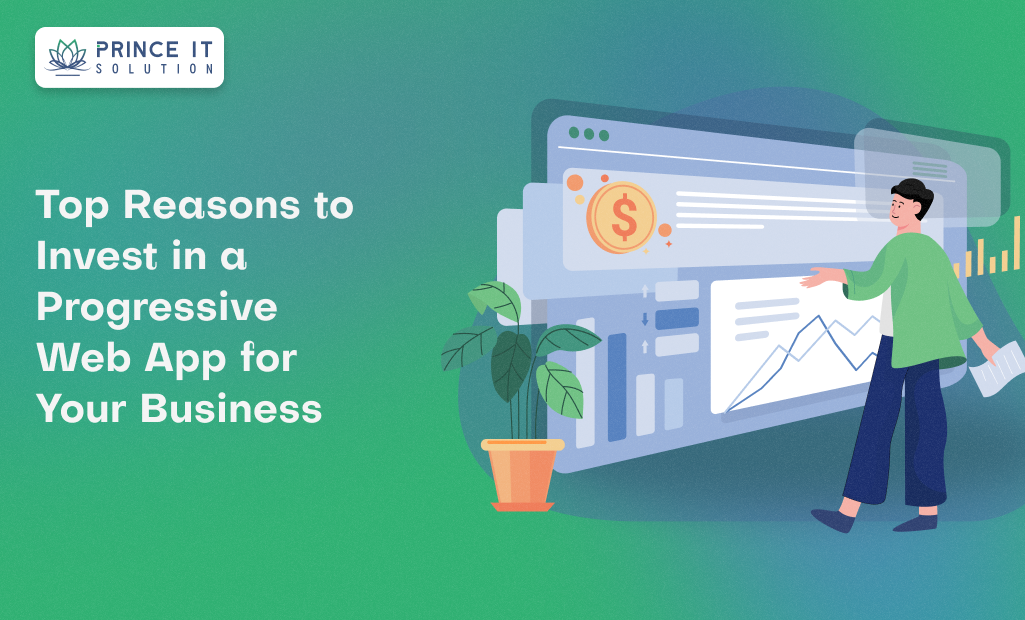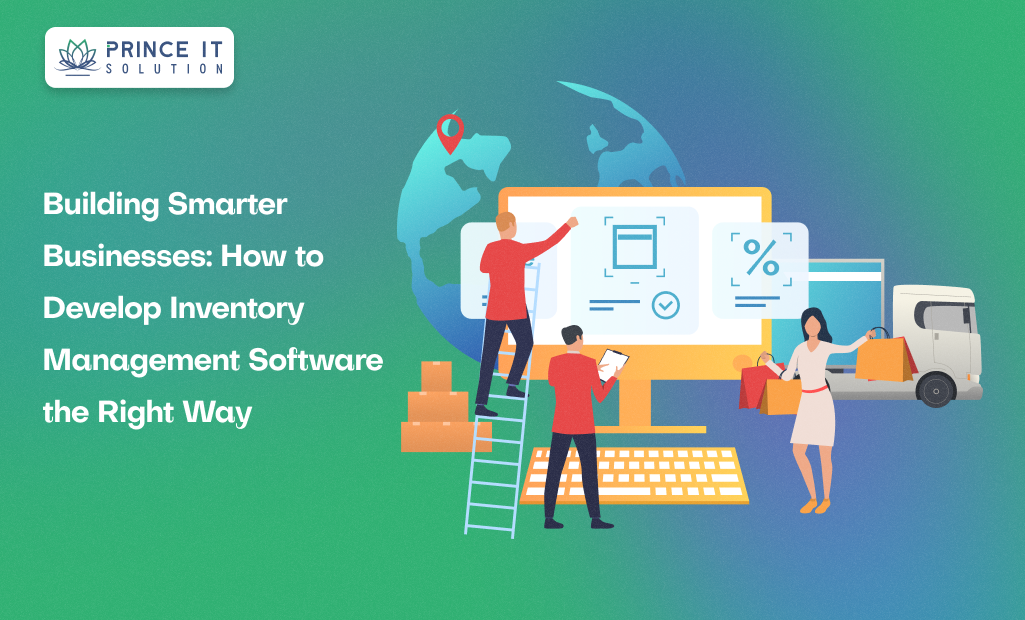Introduction
The internet has transformed how businesses operate and interact with customers. At the heart of this transformation are web applications (web apps), software programs that run on web browsers and allow users to perform specific tasks. From managing finances to shopping online, web apps power countless aspects of our daily lives.
But not all web applications are the same. Businesses must understand the different types to decide which best fits their goals. Let’s explore 10 major types of web applications that are shaping the digital world.
1. Static Web Applications
Display fixed content with limited interactivity.
Examples: Personal portfolios, simple business websites.
Best for: Showcasing information without frequent updates.
2. Dynamic Web Applications
Content changes based on user interaction.
Examples: Social media platforms, online forums.
Best for: Businesses that require real-time updates and personalized experiences.
3. E-Commerce Web Applications
Enable users to browse, shop, and pay online.
Examples: Amazon, Flipkart, Shopify stores.
Best for: Retail businesses and startups entering online sales.
4. Portal Web Applications
Provide a central hub with multiple services and features.
Examples: Student portals, employee portals, healthcare portals.
Best for: Organizations managing multiple user groups.
5. Content Management Systems (CMS)
Allow users to create, edit, and manage digital content without coding.
Examples: WordPress, Joomla, Drupal.
Best for: Blogs, news sites, and businesses focusing on content marketing.
6. Progressive Web Applications (PWAs)
Combine web and mobile app features with offline access.
Examples: Twitter Lite, Starbucks PWA.
Best for: Businesses seeking fast, mobile-friendly experiences.
7. Single-Page Applications (SPAs)
Load a single HTML page and update content dynamically without refreshing.
Examples: Gmail, Google Maps, Trello.
Best for: Apps that require smooth, fast interactions.
8. Multi-Page Applications (MPAs)
Traditional web apps with multiple pages separately.
Examples: Online banking apps, large e-commerce websites.
Best for: Complex applications with extensive content.
9. Enterprise Web Applications
Tailored for large organizations to manage operations.
Examples: ERP systems, HR management platforms.
Best for: Corporations needing integrated and scalable solutions.
10. Animated Web Applications
Focus on animation and visual interaction to engage users.
Examples: Creative agencies’ websites, interactive learning platforms.
Best for: Businesses that prioritize branding and storytelling.
Conclusion
From simple static pages to complex enterprise solutions, web applications are the foundation of digital transformation. The type of web app you choose depends on your business needs, user expectations, and long-term goals.
By understanding these 10 types of web applications, businesses can make informed decisions, enhance customer experiences, and stay competitive in an increasingly digital-first world.



